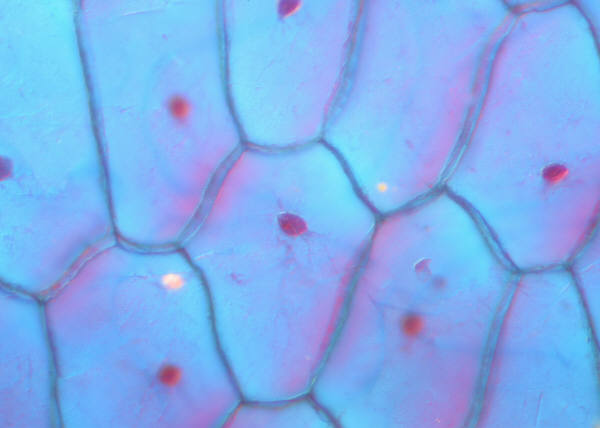
As instructors of introductory biology courses for majors and non-majors, we have struggled with teaching the concept of cell structure and function in an engaging way. However, this is a foundational concept that most biology instructors would agree is vital for all students to know. The overall objective of this teachable unit is to help non-major introductory biology students learn the names and functions of the basic components of eukaryotic cells and, at the same time, understand the connection between cellular structure and function using active learning approaches. The key component of this teachable unit is a group exercise termed Cell Engineer/Detective. In this exercise, students work in groups to design a cell that is well suited for a function that is provided to them by the instructor (Cell Engineer). The groups then exchange their cells with classmates and try to guess the function of their classmates’ cells (Cell Detective). This exercise helps students visualize how the organelles of a cell work together to perform a specific function, allows instructors to clarify misconceptions regarding cell structure, guides students away from that quintessential but unrealistic model cell found in most biology textbooks, and reinforces the central biological connection between form and function.
Read the Essay Article about how author HN Tinsley adapted this lesson for online in "Online Adaptation of the Cell Engineer/Detective Lesson"

Jessica Coyle onto Botany
@
on